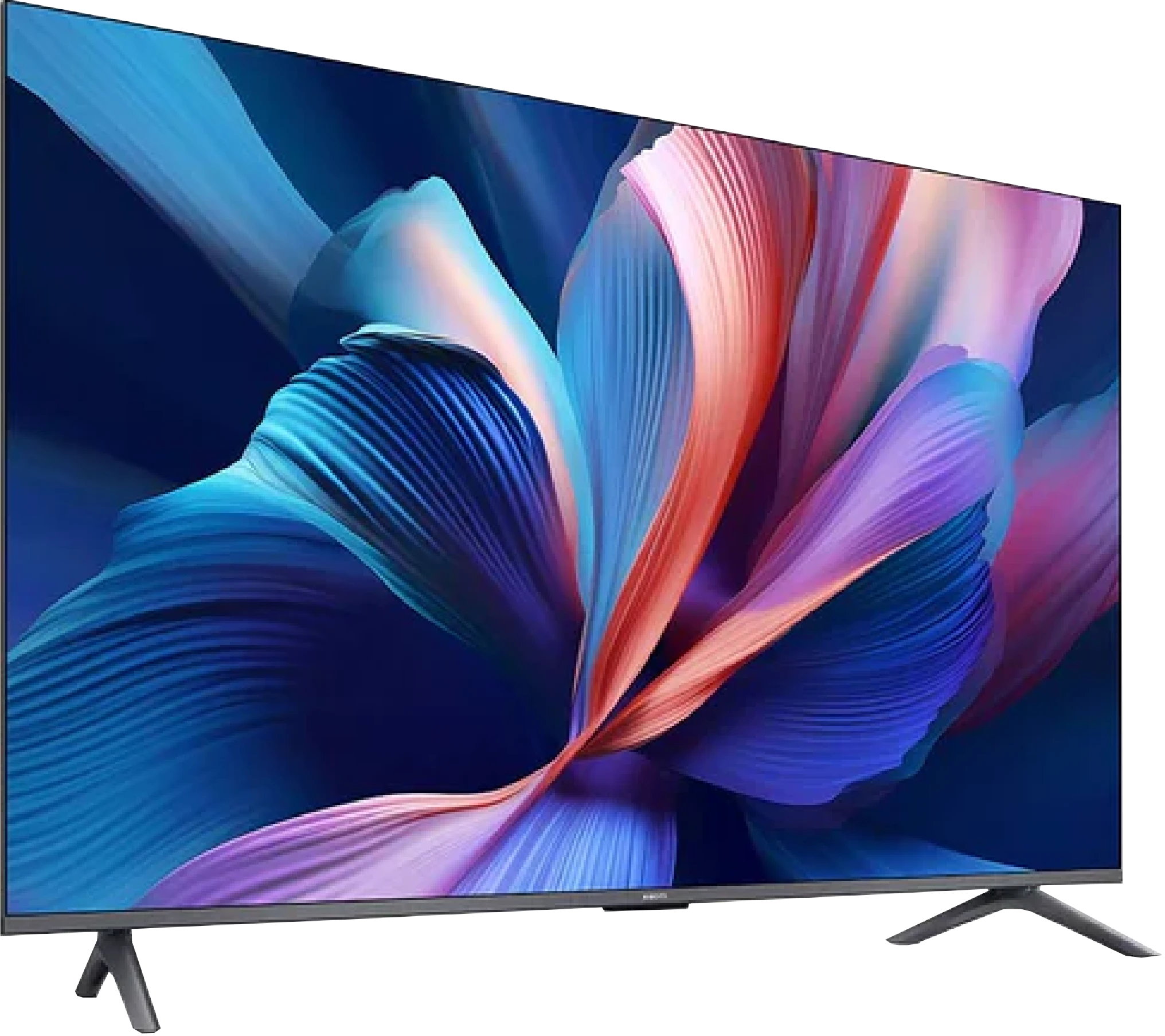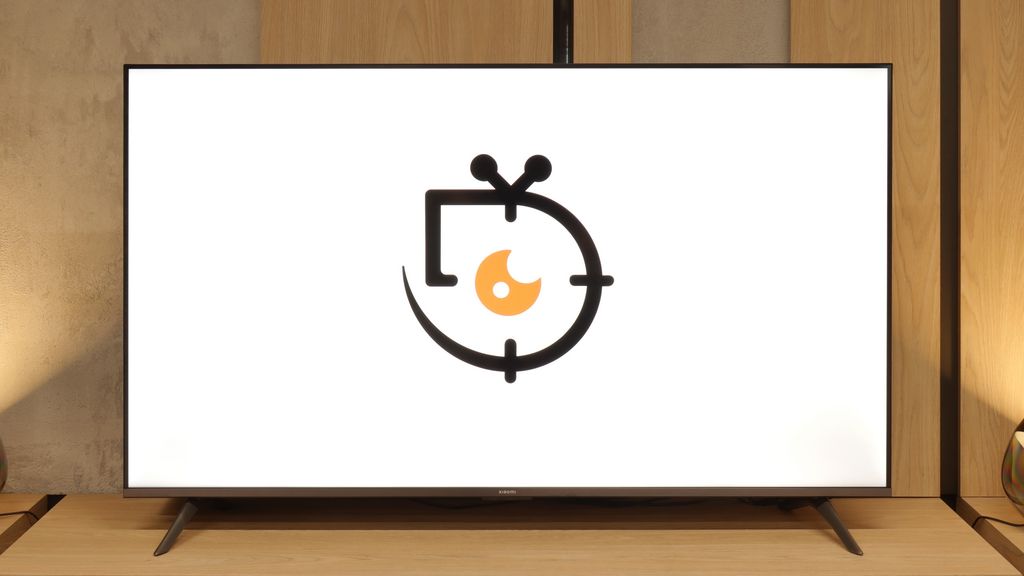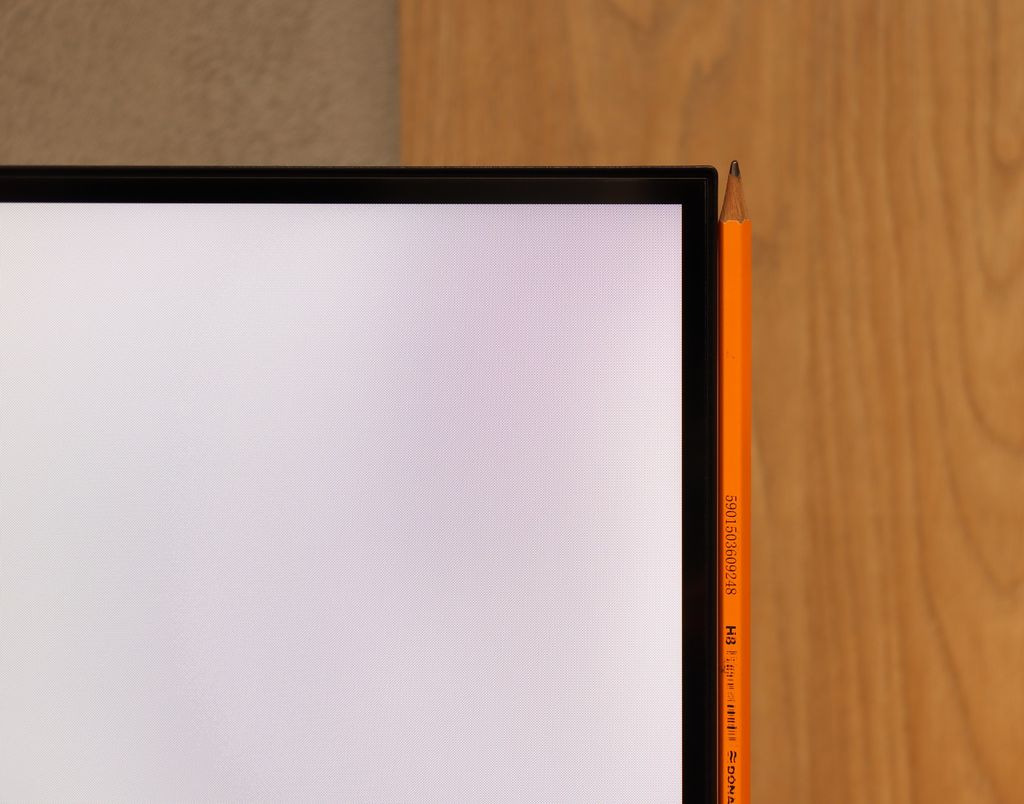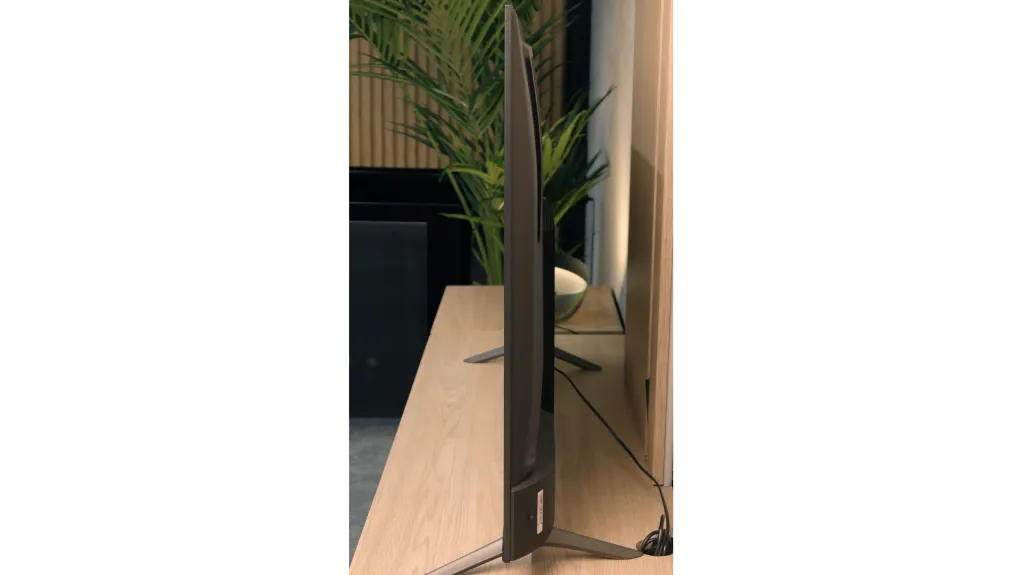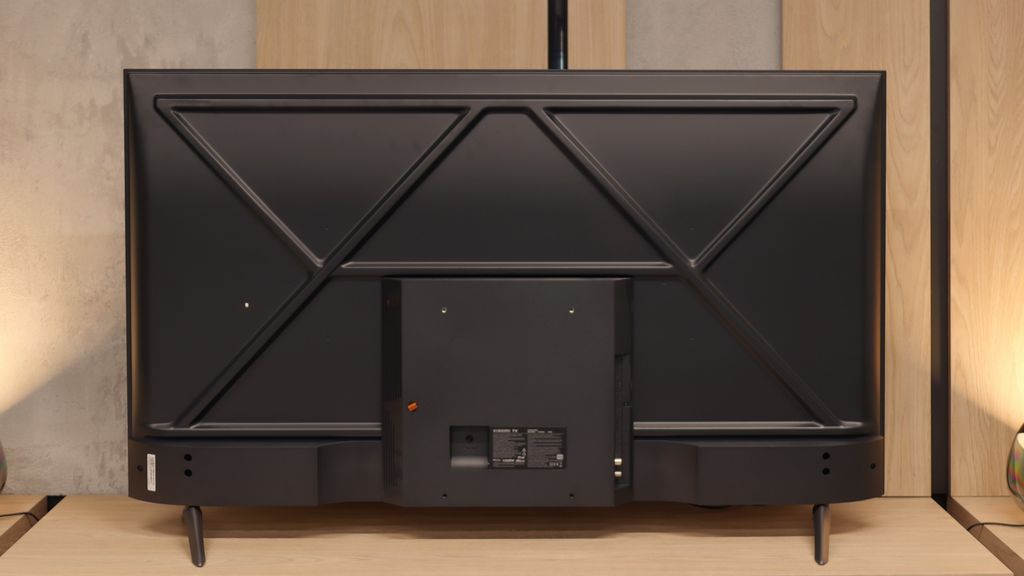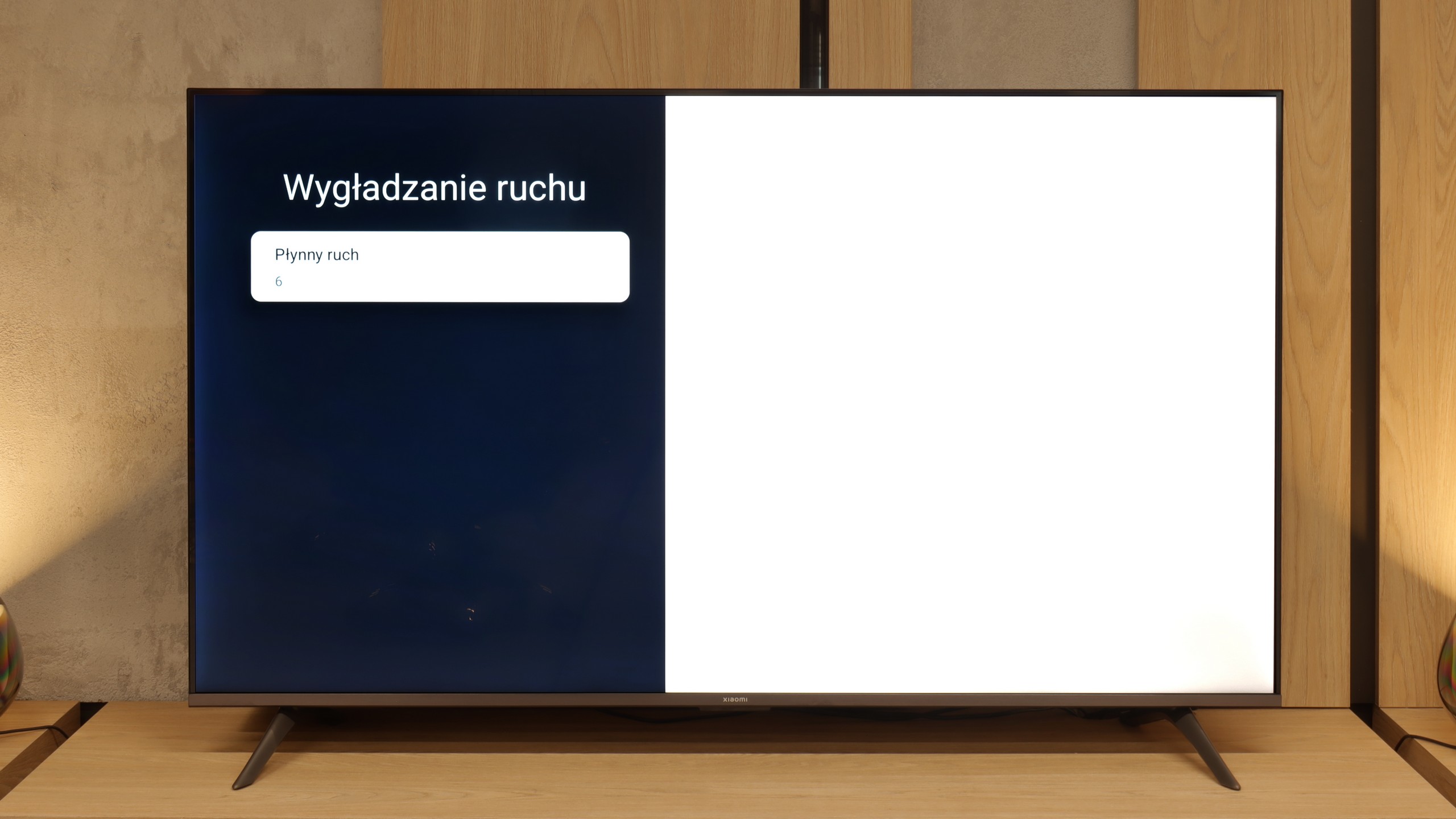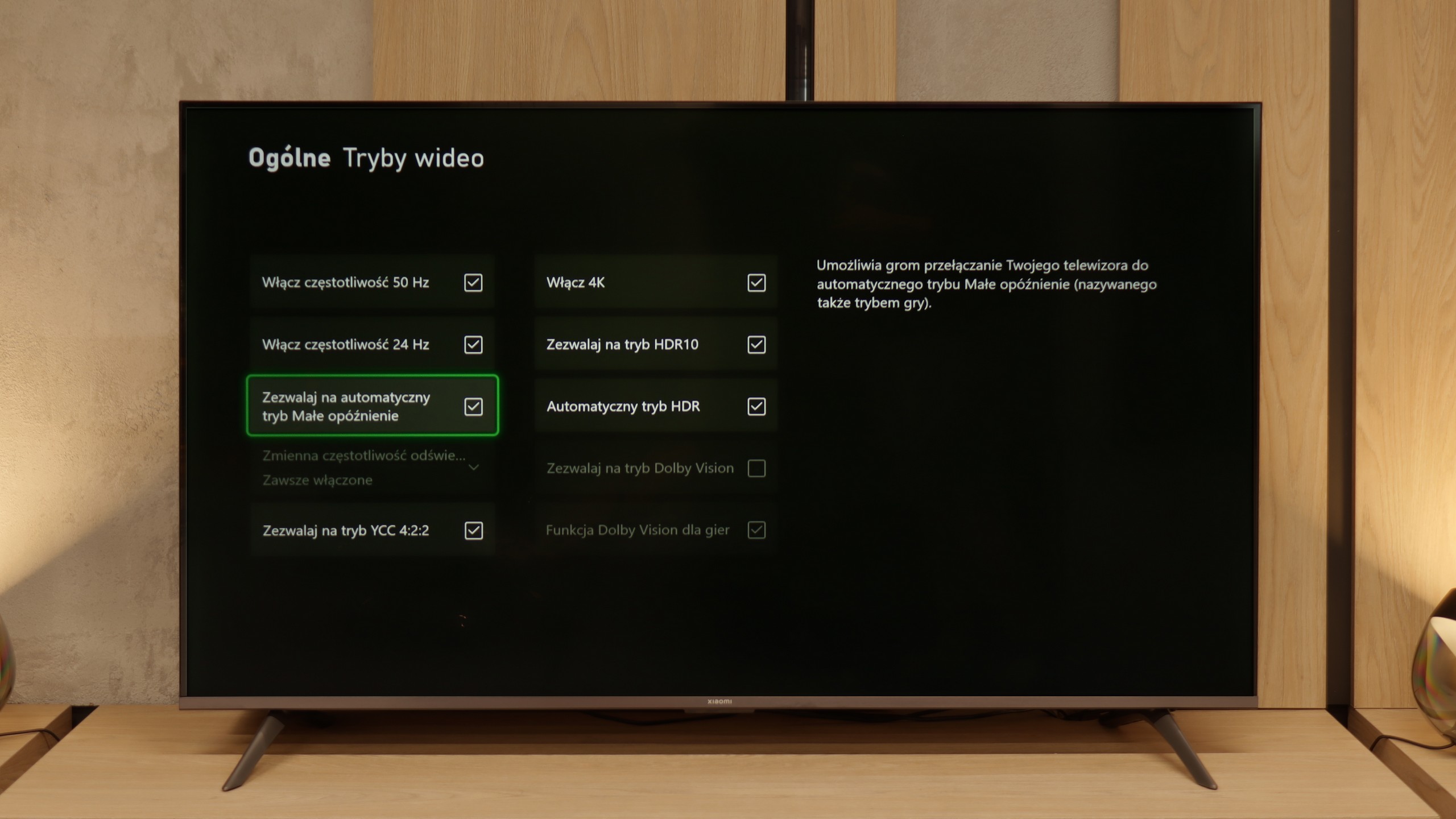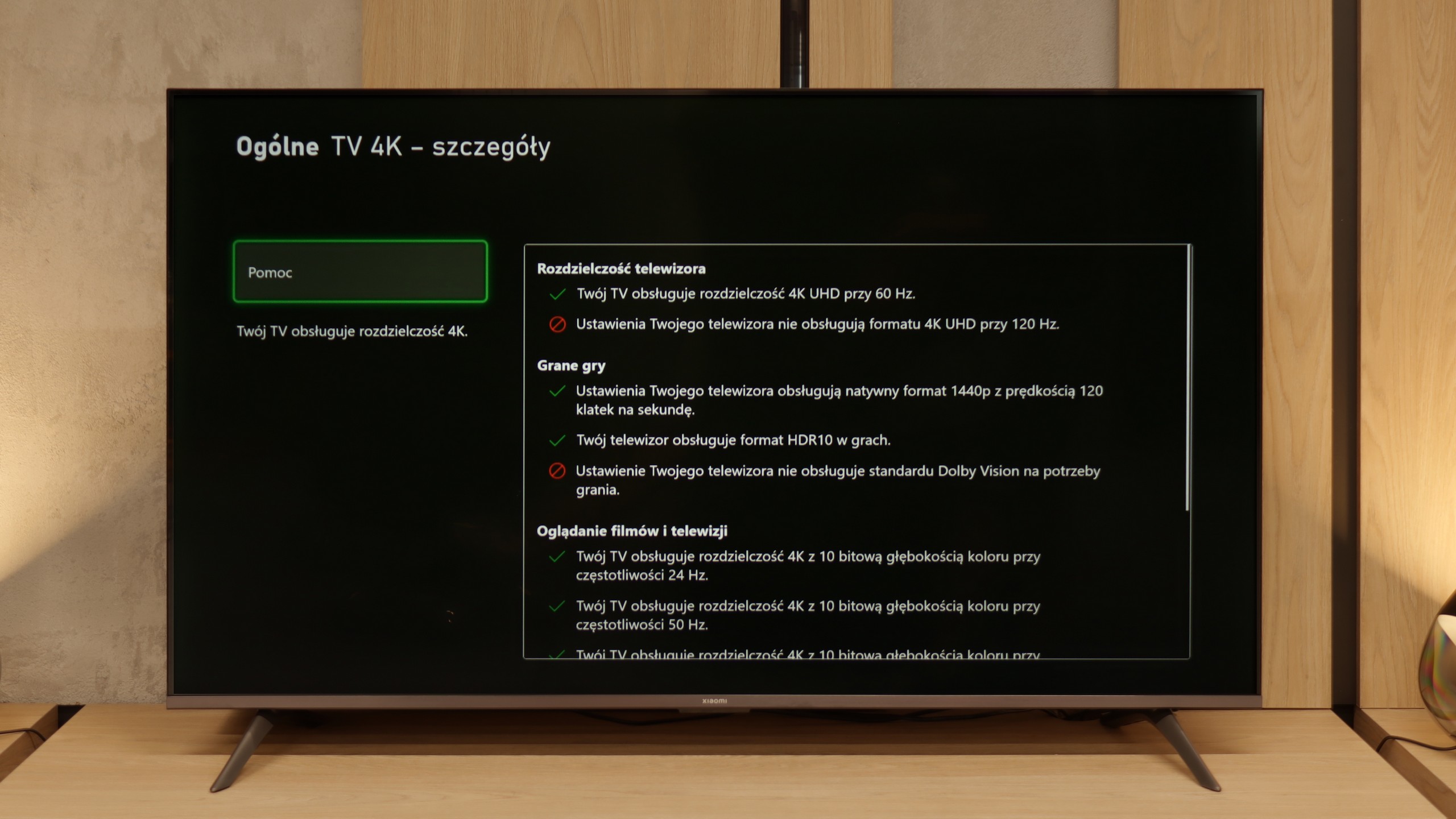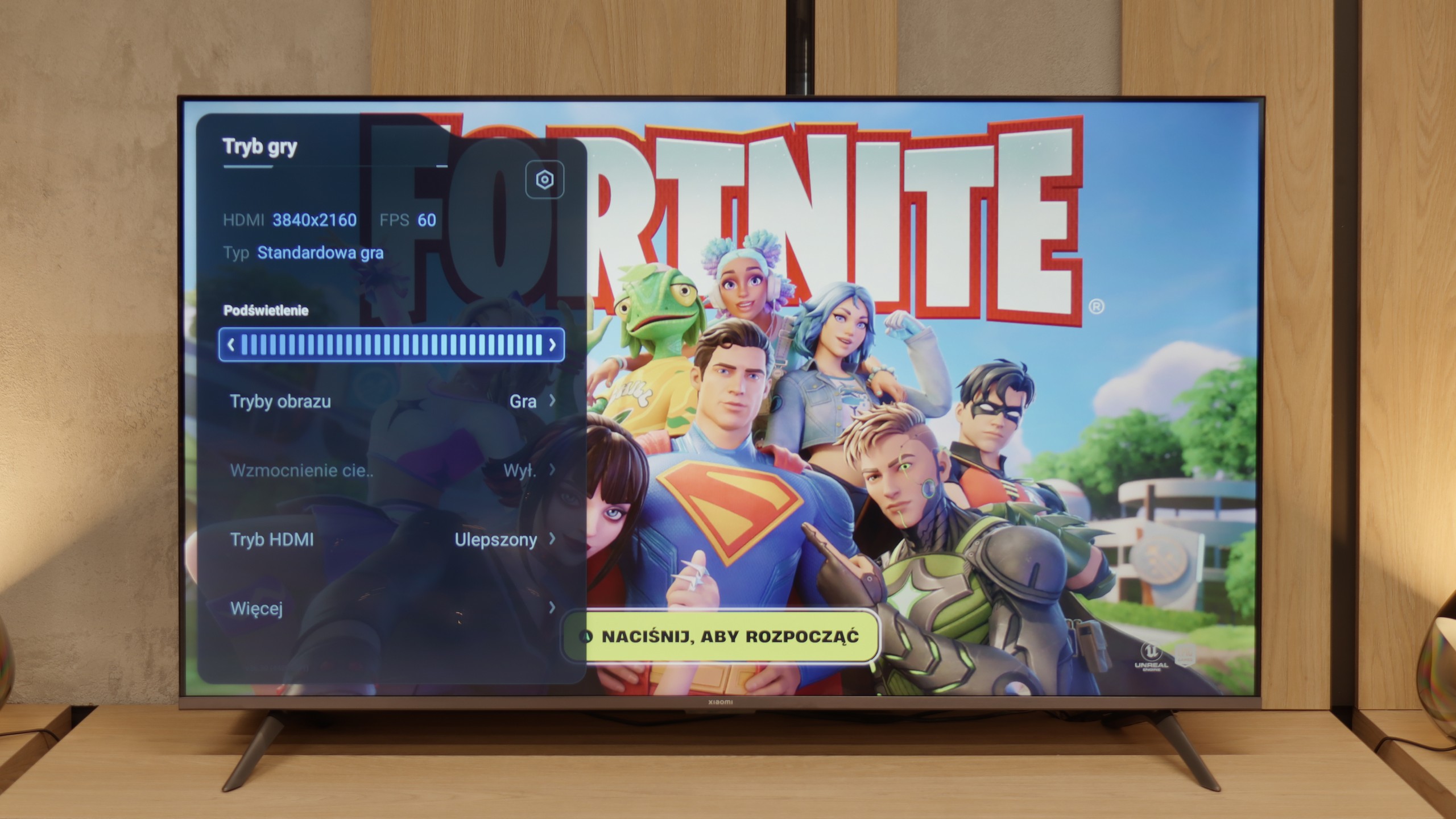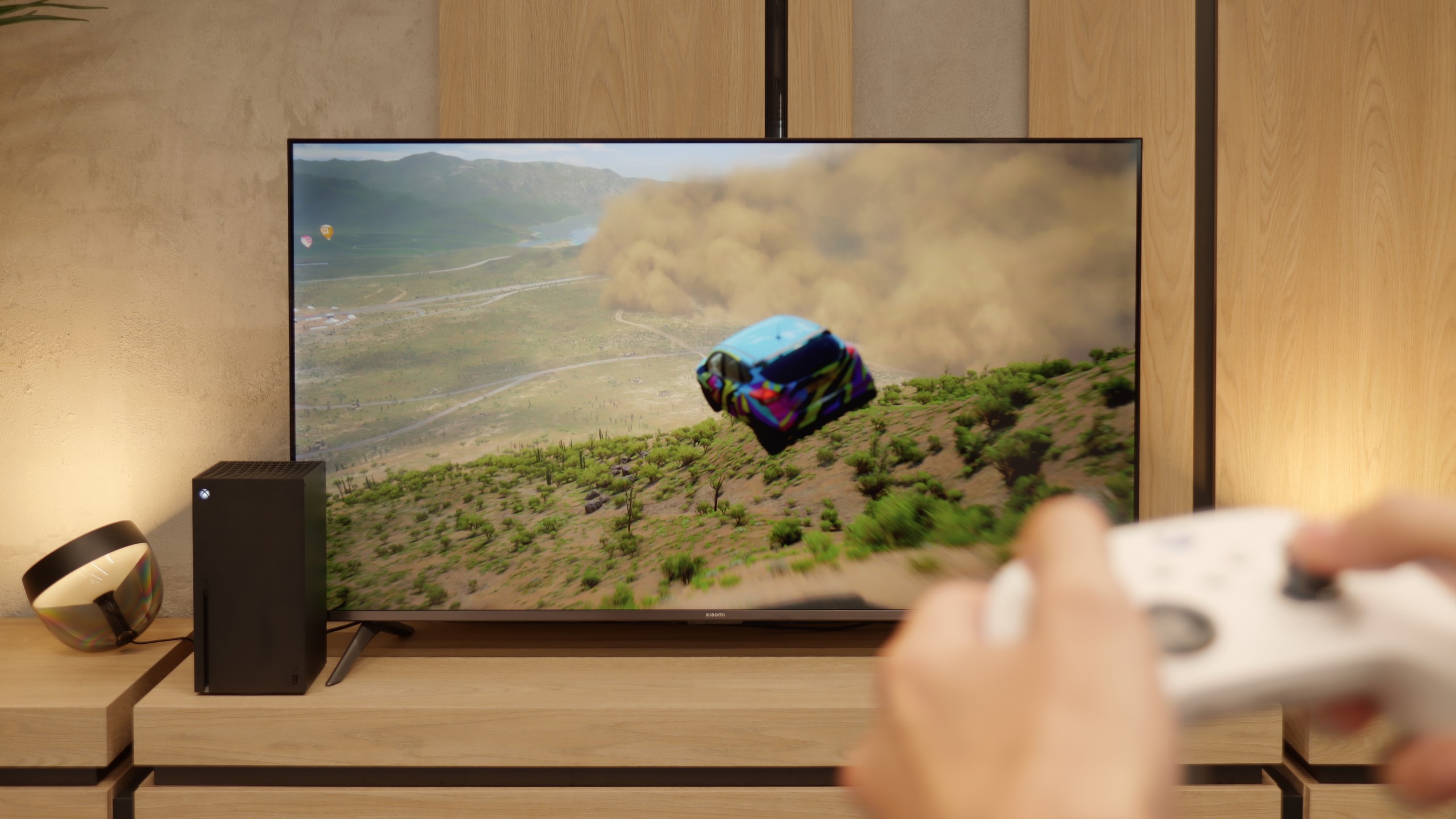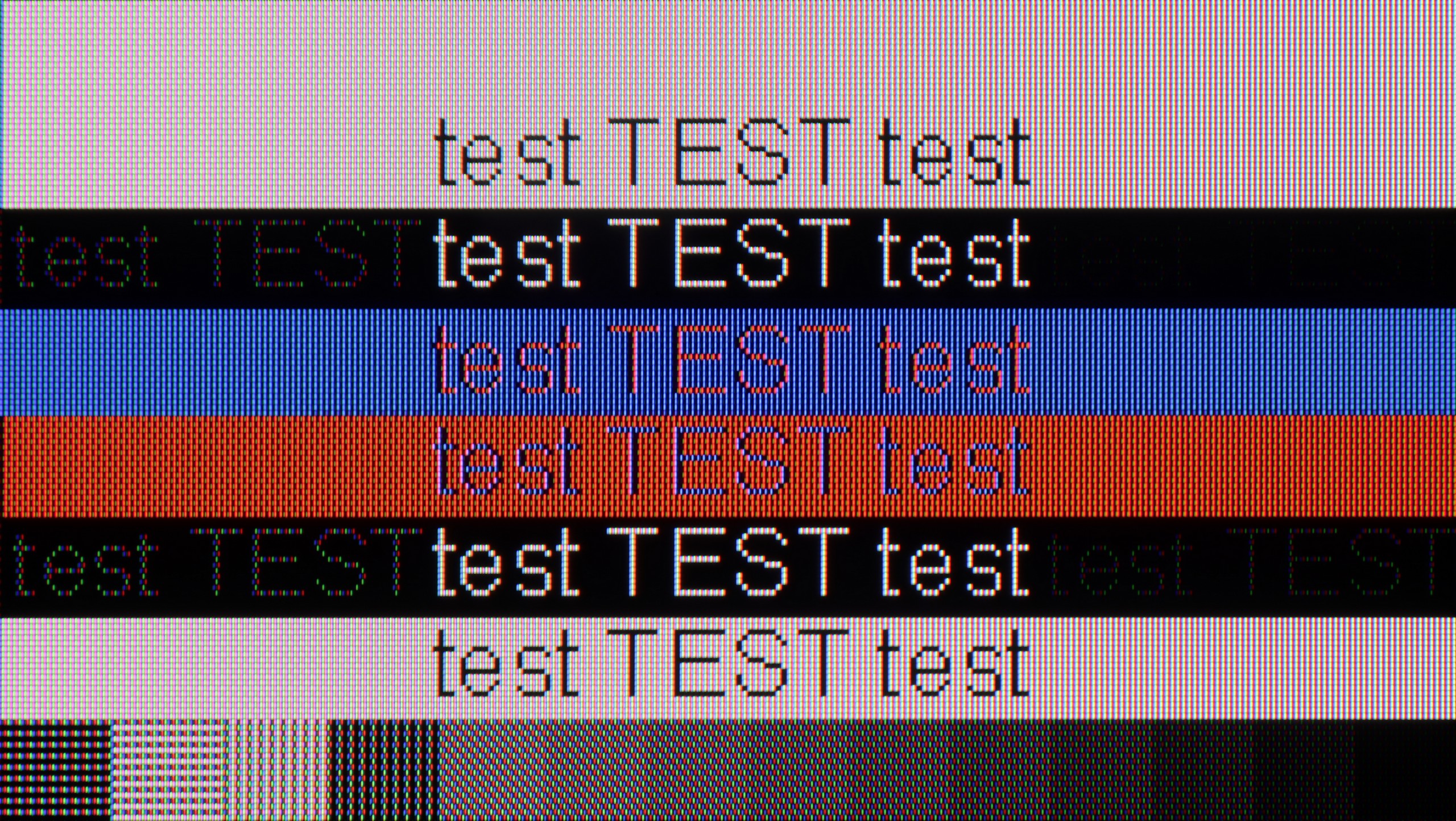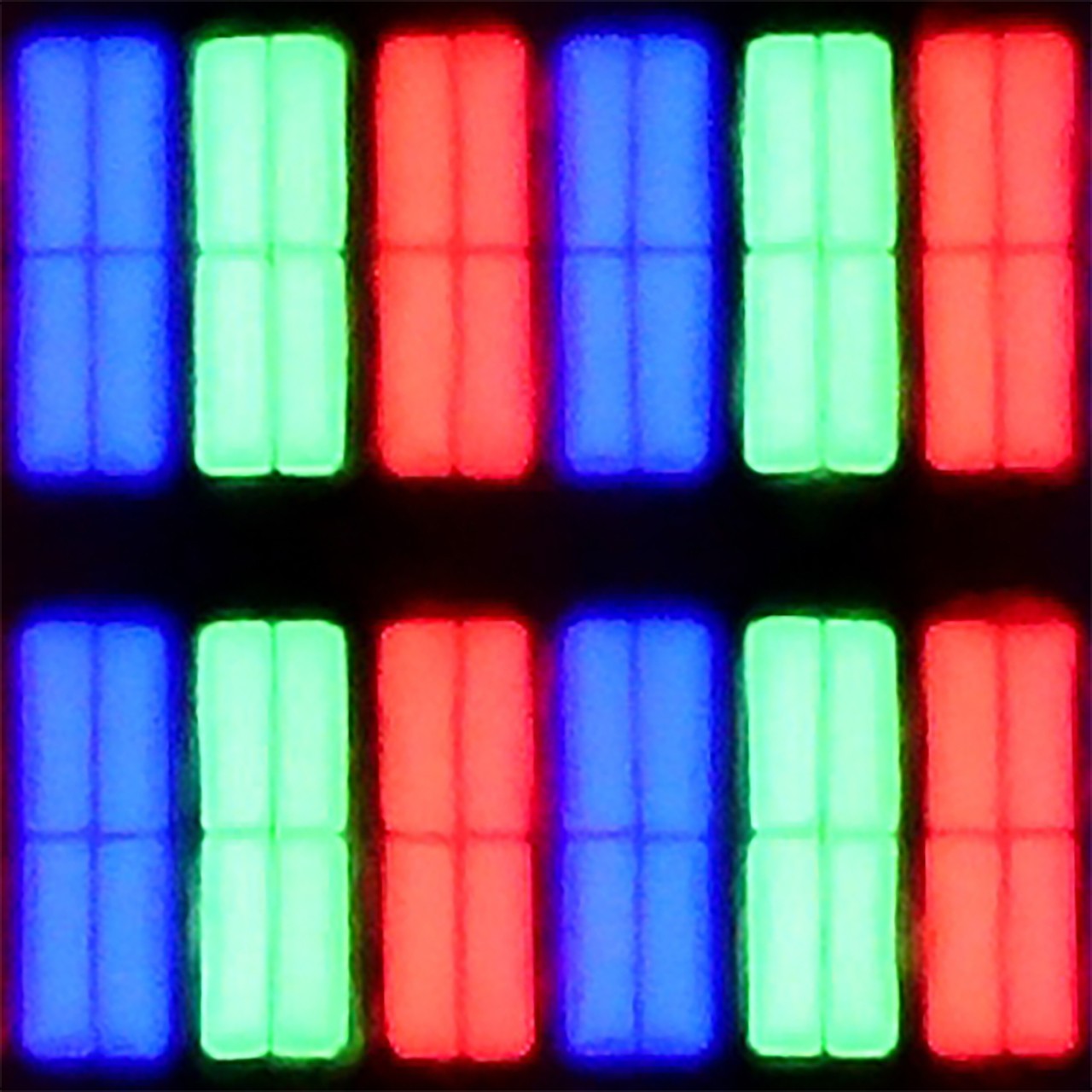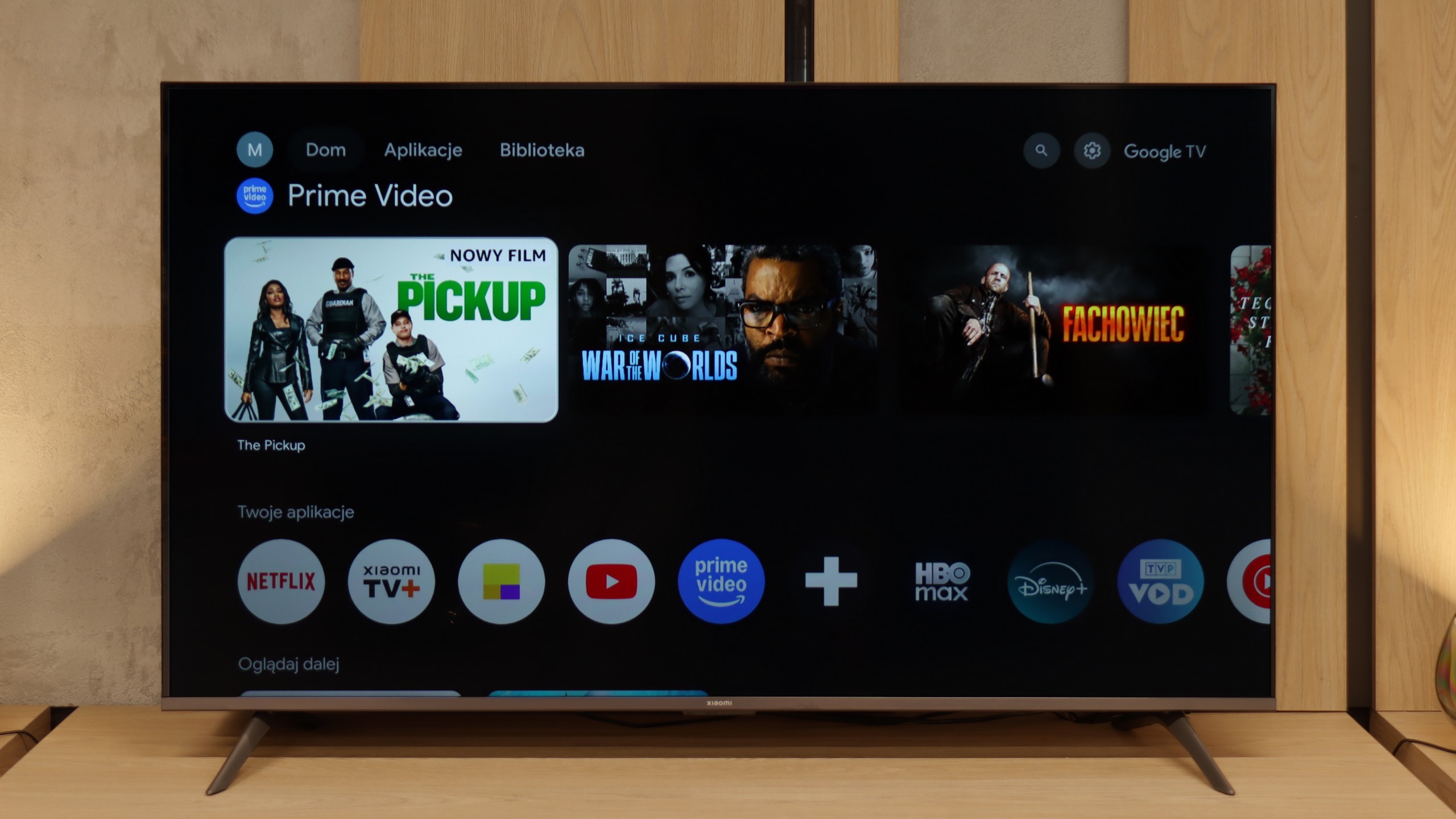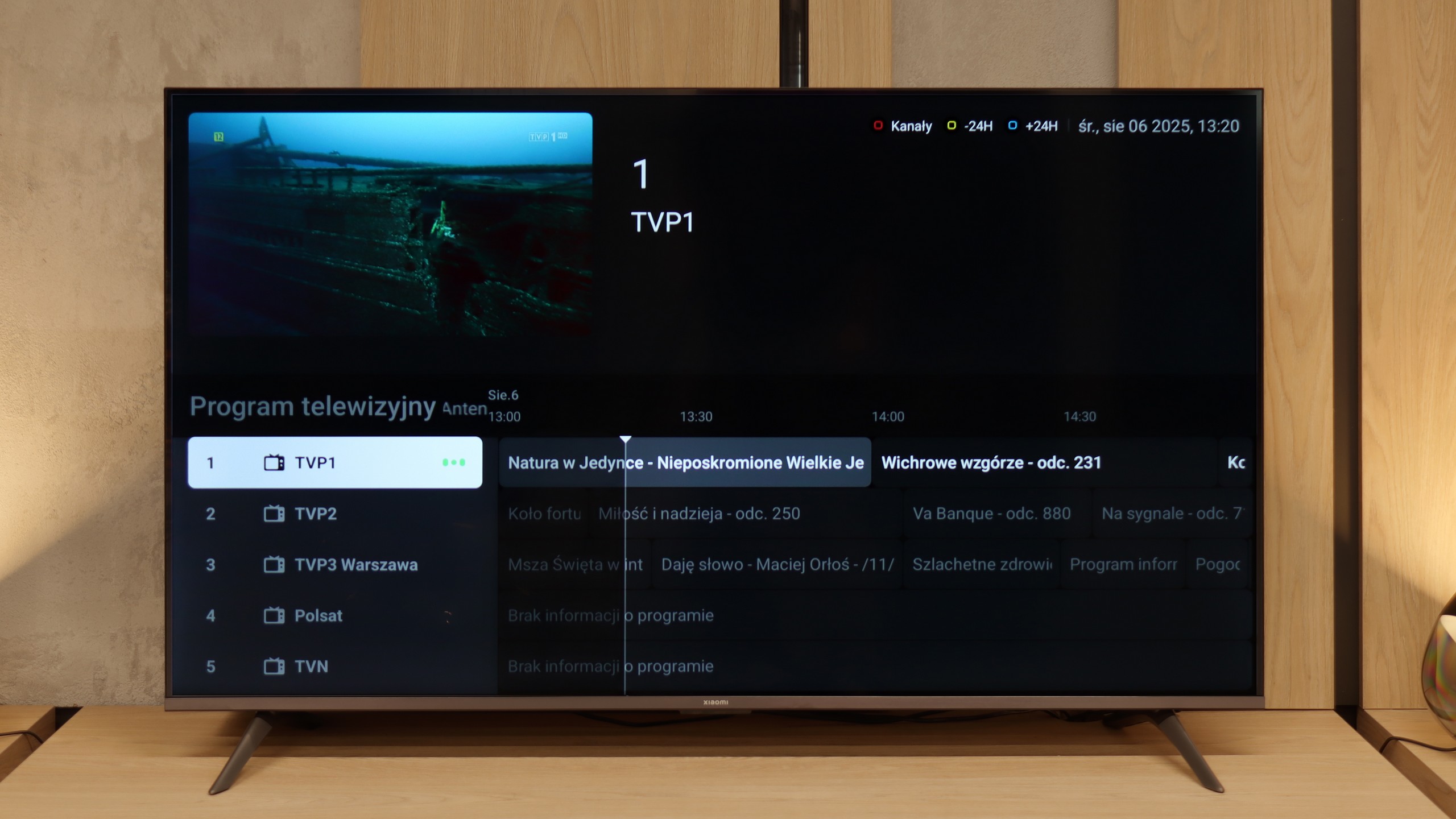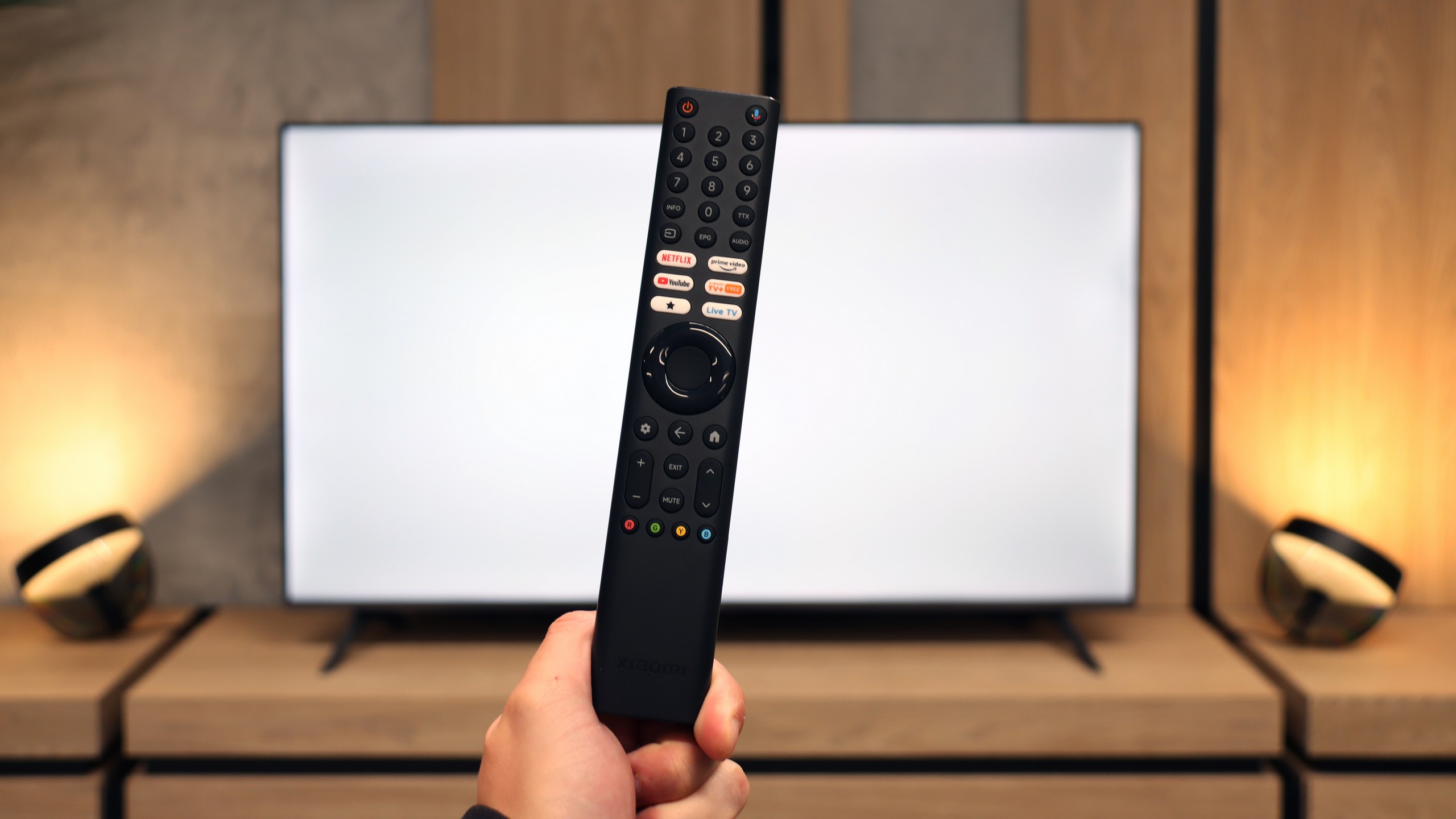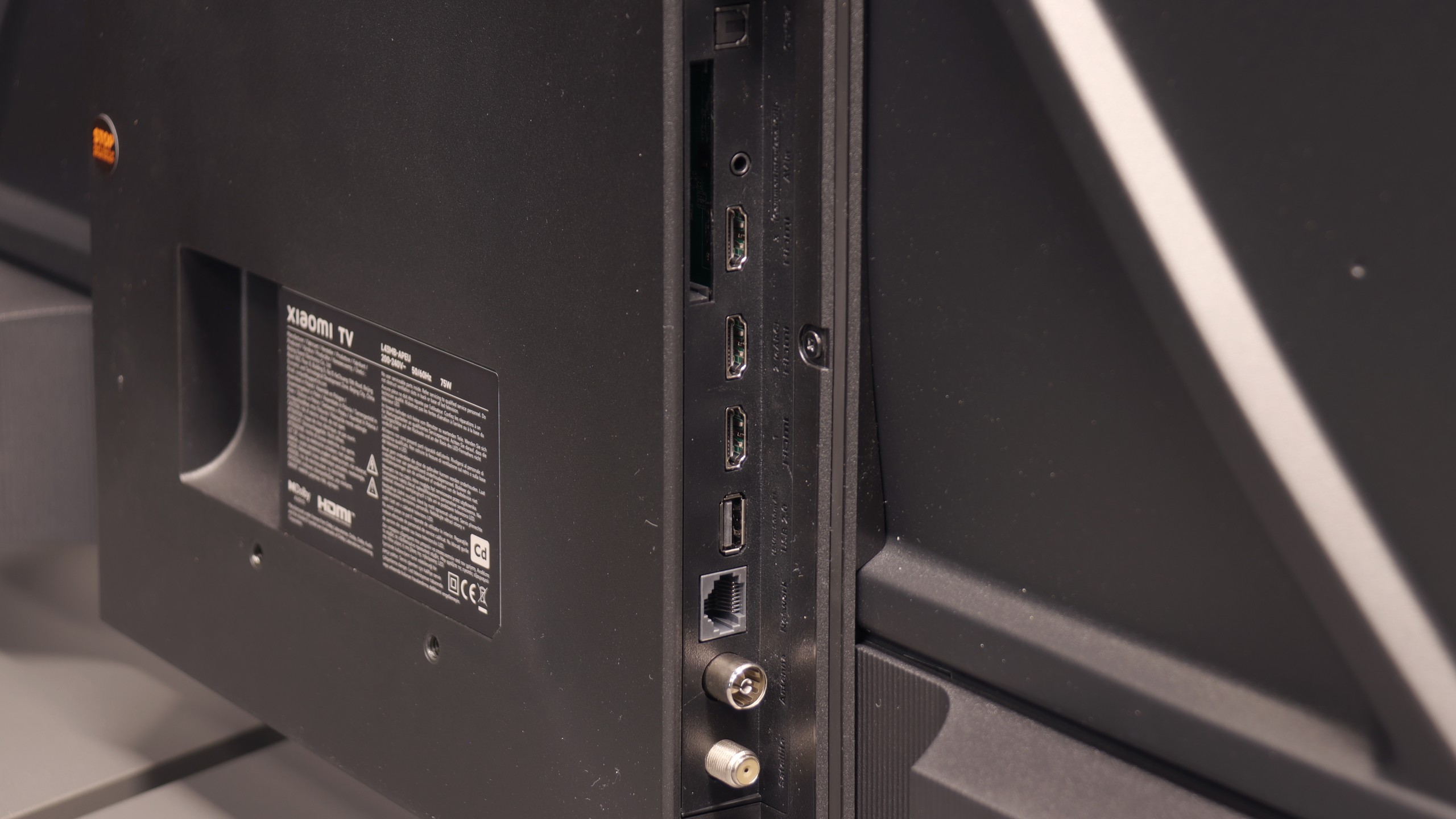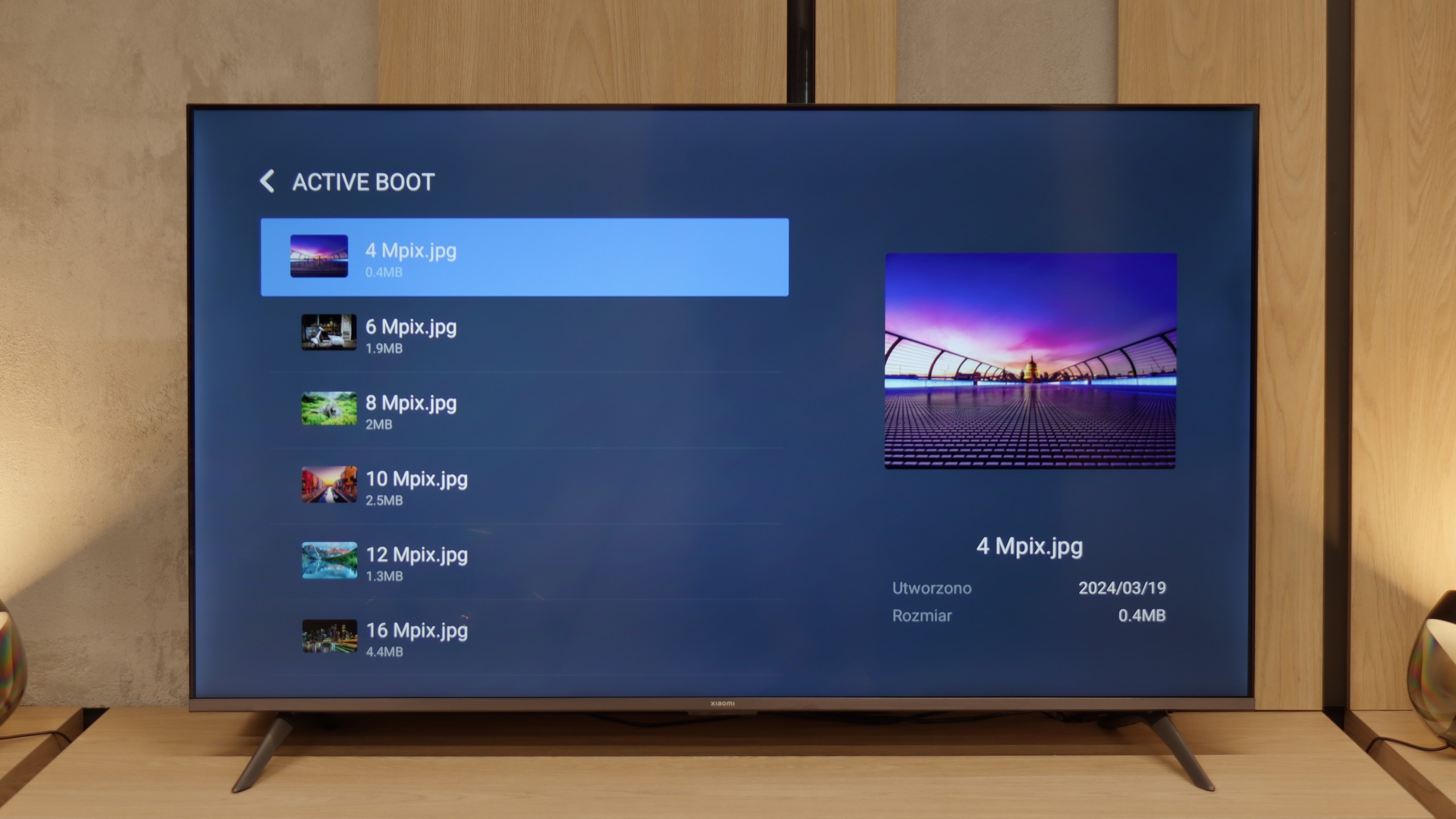The LG QNED87T is a unique offering in the TV market, excelling in several key areas. Its excellent compatibility with consoles and PCs, along with impressive motion fluidity, makes it an appealing choice for gamers. The 120Hz panel, VRR, and ALLM ensure smooth and responsive gameplay, making it ideal for fast-paced games and sports viewing. The WebOS system, paired with the Magic Remote control, enhances daily convenience, providing an intuitive interface and access to a wide range of apps like Netflix, YouTube, and Amazon Prime Video.
The TV's IPS panel offers wide viewing angles, ensuring good image quality even from side seats, which is perfect for group viewing. Features like USB recording, PIP (Picture-in-Picture), and Bluetooth connectivity improve user experience and convenience.
However, the LG QNED87T does have some limitations when it comes to high-quality content and home cinema use. Its contrast performance is weaker, and panel dimming issues can result in a lack of detail in dark scenes, particularly in low-light settings. While this may be less noticeable in bright or well-lit rooms, those seeking superior performance in dark environments may find these weaknesses more apparent.
Overall, the LG QNED87T is a versatile TV with modern features, making it a great option for everyday use and dynamic content, but it might not be the best choice for cinephiles or those seeking superior performance in dark rooms.
Xiaomi A Pro 2026 is a television that at first glance doesn’t reveal significant changes compared to its predecessor. Someone might even think it's just a copy of last year's model with a different sticker. And there’s some truth to that, as the main novelty, or rather the only clear difference, is the 120 Hz mode at lower resolutions. It must be acknowledged that this addition really does make a difference – it's not a solution for professional gamers, but rather a nod towards those looking for a smoother picture during casual gaming. This is where the A Pro 2026 can shine – with a simple, yet clever idea that sets it apart in the "super budget" segment. Unfortunately, when we begin to look at the television more broadly, enthusiasm quickly wanes. Even though the year has changed in the calendar, most of the issues known from the A Pro 2025 remain with us – the system can still experience strange stutters, and occasional bugs can be quite annoying. Additionally, there is a lack of any serious tools for digital image processing that worked quite decently last year. As a result, there are many construction limitations visible here that competitors at a similar price point are already trying to mask in some way. As for the quality of the image, we won't be dishonest with you either. Brightness levels of 200–300 nits don't stand a chance against more demanding materials. Yes, simpler streaming content can be watched, but with high-budget productions, it’s immediately clear why the television costs what it does. The impression of watching a flattened image stripped of details accompanies us virtually every time. And here we come to the crux of the matter. Xiaomi A Pro 2026 is a television for those who really do not require much. As a daily screen for series, news, or YouTube – it performs fairly well, especially thanks to its operating system, which is GoogleTV. Also, if someone is looking for budget equipment and additionally would like a taste of smoother gameplay in games thanks to the 120 Hz mode, they might even be satisfied. But anyone expecting at least average image quality, a stable system, and proper functionality will quickly notice that there are other budget models on the market that simply perform better.

